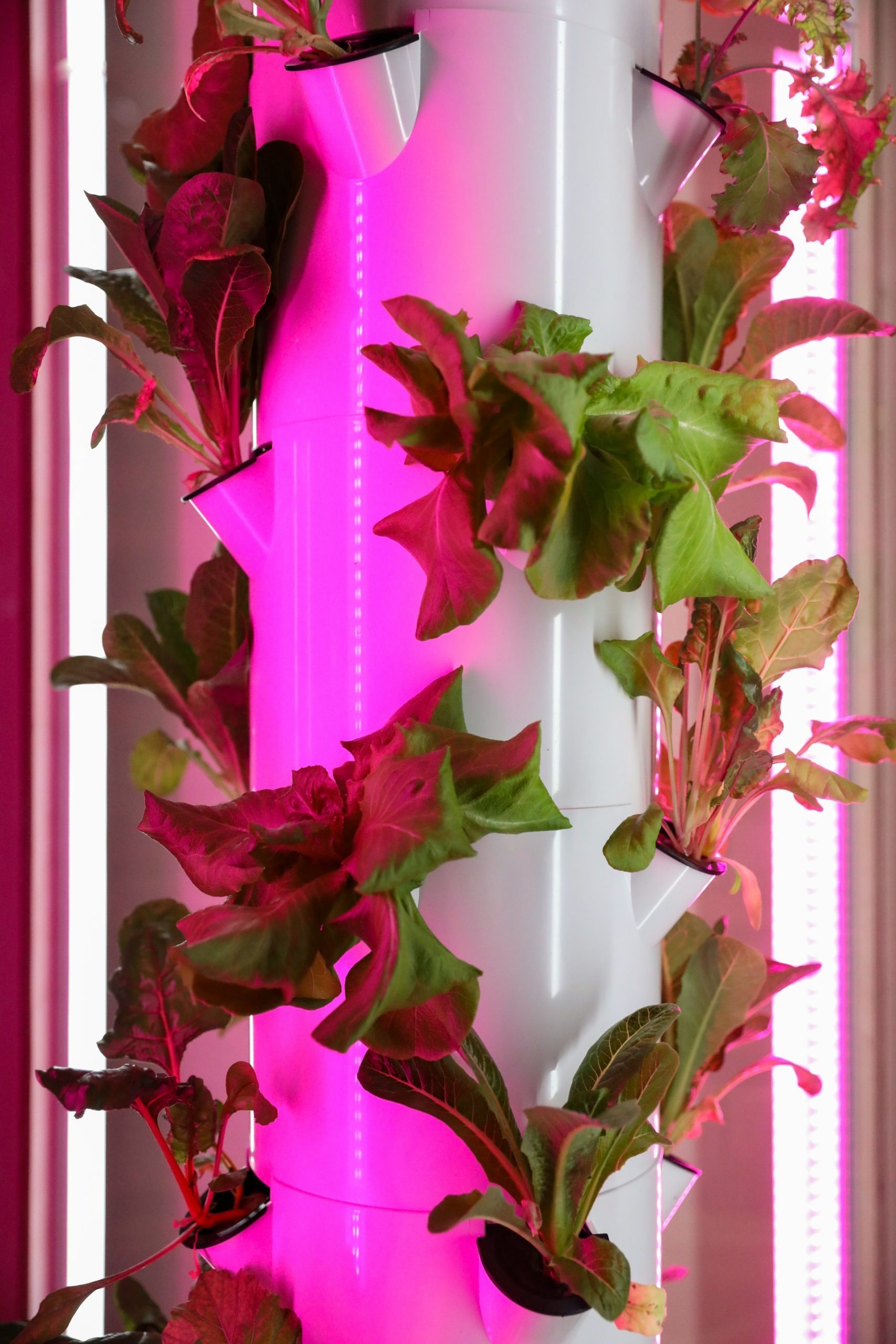Understanding NFT Hydroponic Systems
NFT, or Nutrient Film Technique, hydroponic systems present an effective and sustainable way to grow plants. This method of farming efficiently uses water to deliver nutrients directly to plant roots, reducing the need for soil. As one of the leading manufacturers of commercial greenhouse structures and hydroponic systems, CropKing Inc. emphasizes the importance of maintaining the water quality in these systems for optimal plant growth.
Common Water Quality Issues in NFT Hydroponic Systems
In maintaining an NFT hydroponic system, growers often face several challenges related to water quality. The primary issue is the formation of algae on exposed surfaces that come into contact with the nutrient solution. Algae growth not only mars the aesthetics of the growing medium, but it also can lead to significant problems like nutrient deprivation, restricted plant growth, and becoming a source of food for insects and microbial pathogens.
Algae Prevention and Water Quality Maintenance
To maintain water quality and the overall success of an NFT hydroponic system, it’s essential to prevent the growth of algae. Covering all exposed surfaces using opaque materials and maintaining regular cleaning and sanitization routines can help defend against algae. According to a report, these steps can offer relief to growers, especially compared to hydroponic crops where no attention is paid to surfaces. Dealing with surfaces already affected by algae takes more effort and may call for the use of fungicides, insecticides, and algicides. The use of hydrogen peroxide can provide a potential solution, although it could cause significant stress to the plant roots and lead to an increase in algae growth once applications cease.
The Role of Water Additives in Hydroponics
Another critical aspect to consider when managing water quality in hydroponics is the use of water additives. Chlorine, filtration systems like Reverse Osmosis (RO), water softeners, and managing Total Dissolved Solids (TDS) all play a key role. RO systems, for instance, can help reduce unwanted ions from the water, thereby reducing mineral content by 90% if the ion-exchange column is frequently changed.
Benefits and Risks of Water Additives
- Chlorine can ensure effective sterilization, especially in cloning.
- RO systems can reduce unwanted ions and mineral content from the water.
- Water softeners replace potentially harmful minerals with sodium ions, preventing deposits that could clog the system. However, since sodium isn’t an essential mineral for plant nutrition, using potassium salts in the water softener is recommended.
- Managing TDS is critical in hydroponics. All substances dissolved in water, measured in parts per million (ppm), constitute TDS. Conductivity meters are used to gauge TDS values in gardening.
Conclusion
The importance of managing water quality in NFT hydroponic systems cannot be overstated. With effective management practices like use of opaque materials, regular cleaning, maintenance, proper sanitization, and use of water additives, one can promote healthy plant growth and ensure the efficiency and sustainability of the system. As Michael Goldsmith shares in LinkedIn, paying attention to water quality not only enhances plant health but boosts the overall success of the hydroponics system, paving the way for more efficient and sustainable farming methods.
Effectively managing water quality in hydroponics not only promotes plant health but also ensures the efficiency and sustainability of the entire system.

